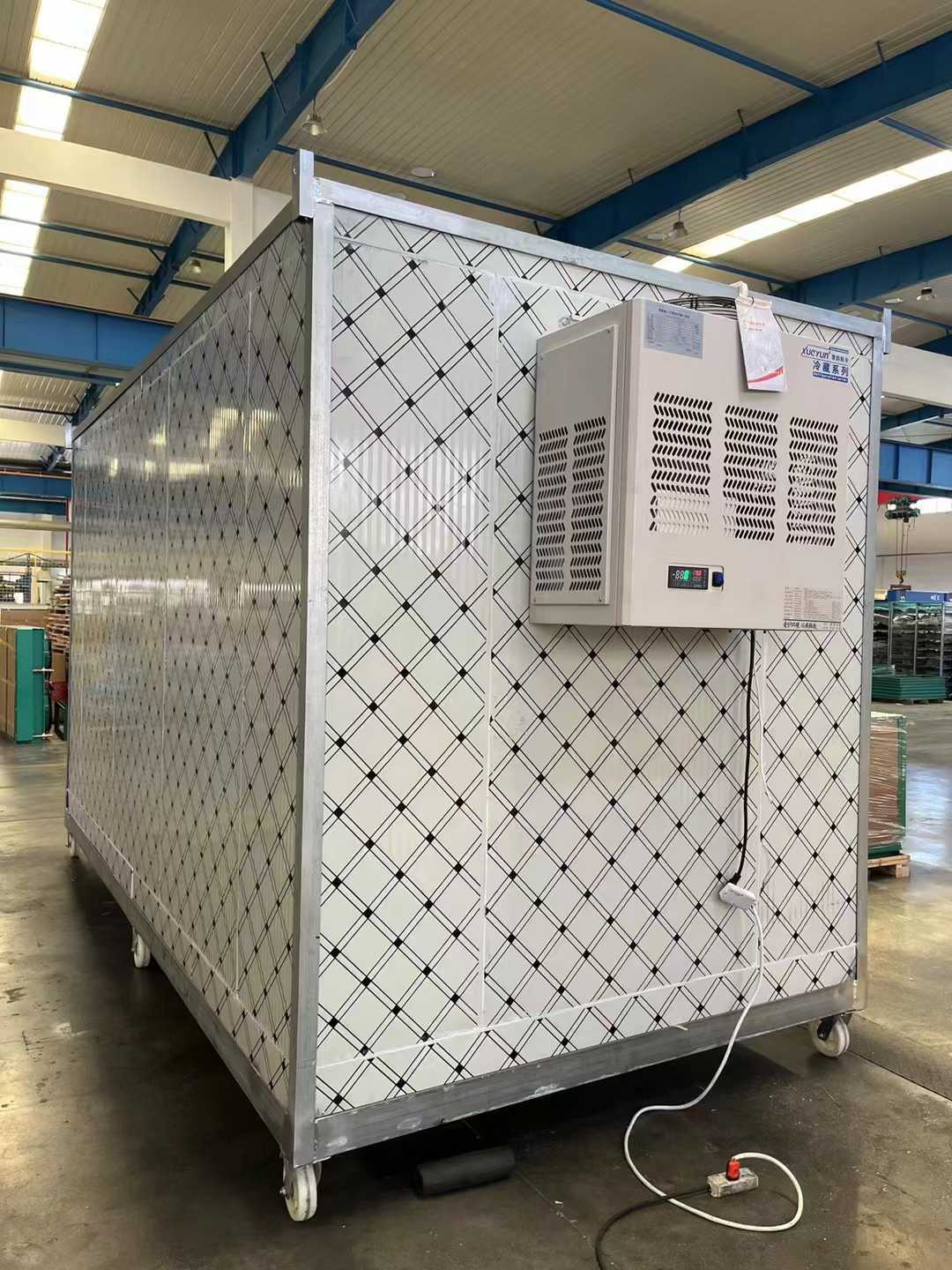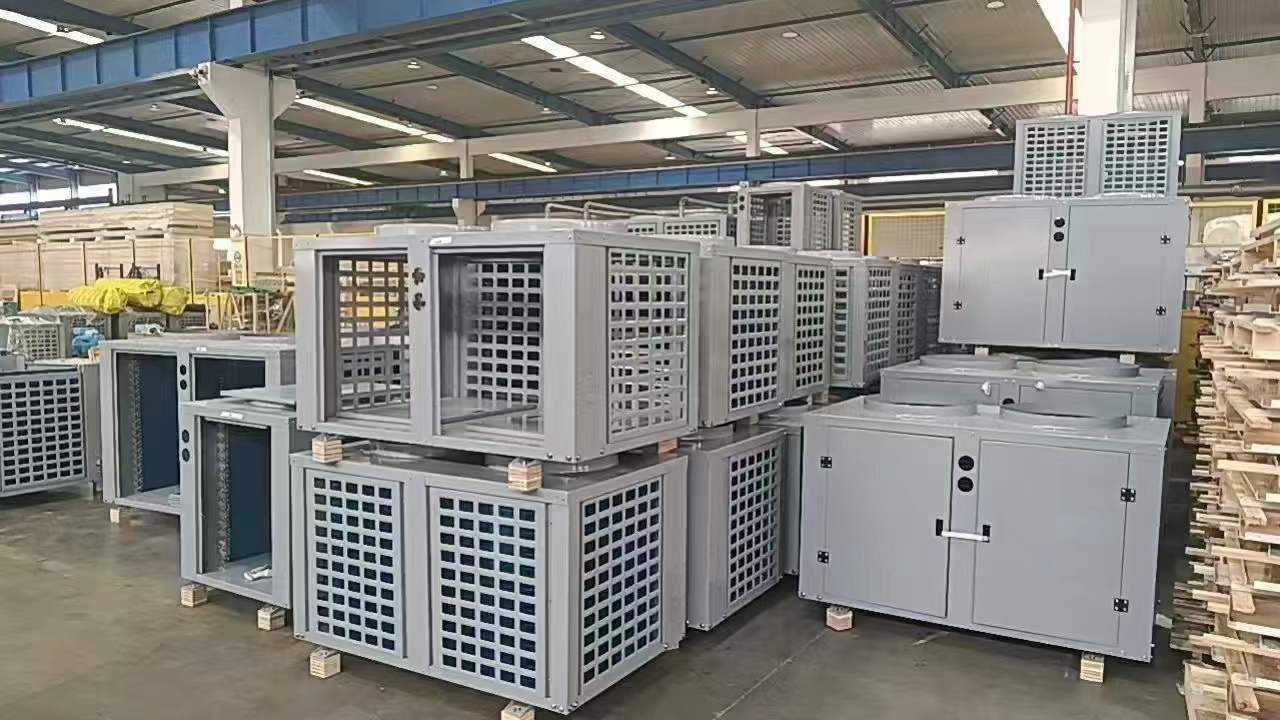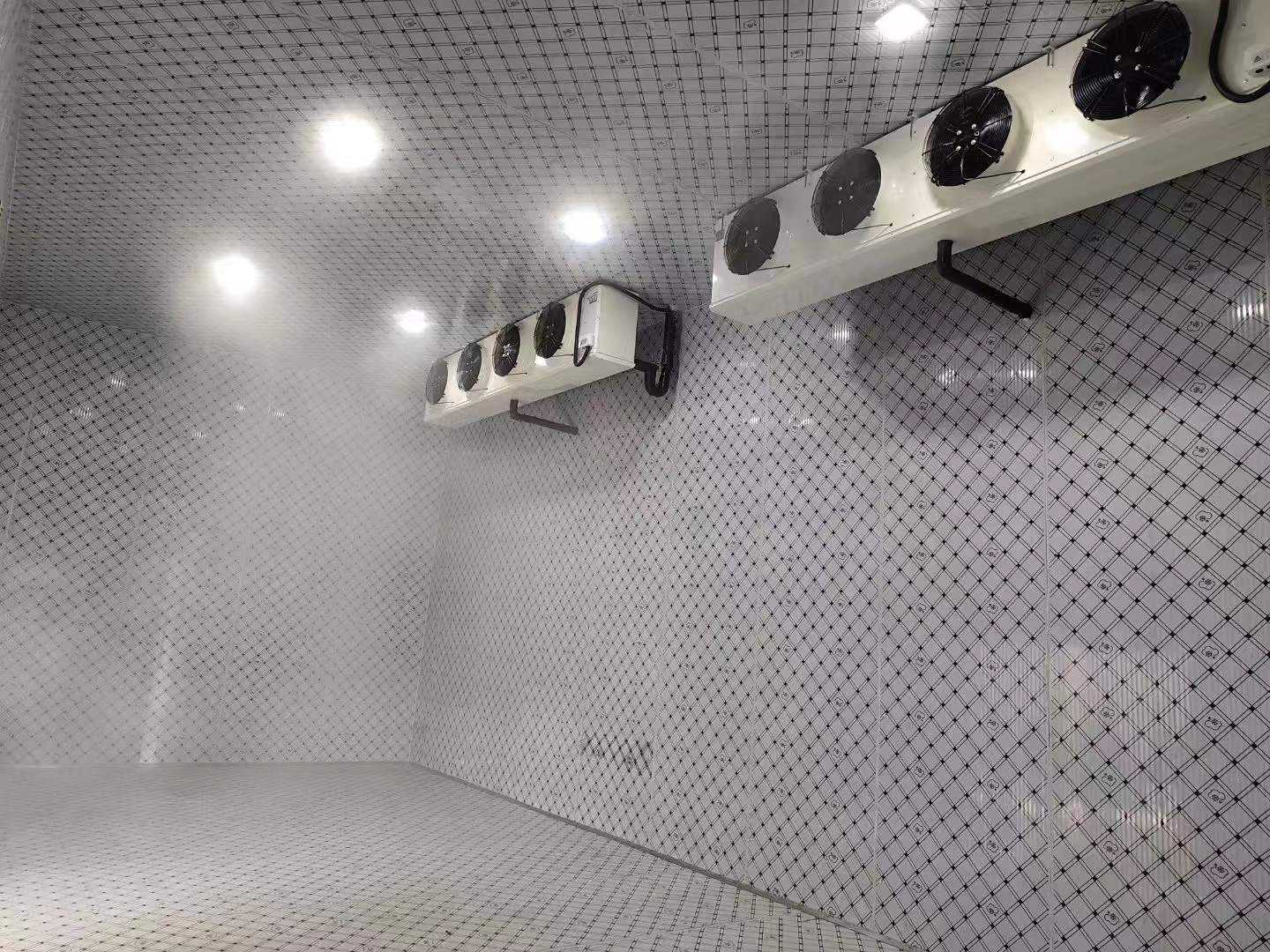Subheading: Plug-and-play, solar-powered, smart temperature control—unlocking new possibilities in agricultural, medical, and commercial cold chains
Summer 2025 has seen unprecedented extreme heatwaves worldwide. Temperatures in Spain, Portugal, and other regions have exceeded 46°C, causing massive crop failures in Europe’s major agricultural areas. Meanwhile, low water levels in the Panama Canal have disrupted shipping, doubling freight prices from Asia to the U.S. East Coast. Energy transport disruptions have further driven up cold chain costs. A UN report notes that global cold chain demand is surging at 30% annually, but traditional cold storage—plagued by long installation cycles, high energy consumption, and poor flexibility—can no longer address sudden crises.
In agriculture, French farmers have been forced to harvest grains overnight and spray water for cooling; olive groves in Spain have suffered over 60% losses; and drought risks in South American soybean regions may trigger global food price spikes. Medical cold chains face similar challenges: vaccine transport loss rates in Africa reach 20% due to unstable power, while biopharmaceutical cold chain demand in developed countries grows at 12% yearly.

As the world’s first modular cold chain equipment requiring no installation, Xueyuncold’s embedded mobile cold rooms redefine cold chain efficiency through three core technological breakthroughs:
Plug-and-play technology: No professional debugging needed—startup within 30 minutes of power-on, cutting labor installation costs by 80%. In Ghana’s vaccine transport project, the solar-powered XC-M series maintained a stable 2-8°C for 48 hours during power outages, reducing vaccine loss from 5% to 1.5%.
Smart temperature control: Equipped with AI dynamic adjustment algorithms, it automatically matches temperatures to stored goods (e.g., 5-7°C for dairy, -18°C for frozen foods), lowering energy consumption by 35% vs. traditional cold storage. A Japanese convenience store chain saw 25% lower electricity bills post-implementation, with inventory turnover up 30% via remote monitoring.
Modular expansion: Supports infinite scalability, from 10m³ to 1000m³ capacity. A similar solution at U.S. Cold Chain’s Kansas City smart hub boosted regional logistics efficiency by 40%, hitting an annual throughput of 5 million tons.

- Solar power system: IP55-rated units with photovoltaic panels and lithium batteries enable 72 hours of off-grid operation in sub-Saharan Africa, solving power shortages in remote areas.
- IoT real-time monitoring: Blockchain-based temperature logging ensures full traceability for pharmaceutical transport. Huawei’s "Snow Leopard Smart Model" (in partnership with Huading Cold Chain) shows this technology reduces food loss by 20% and predictive maintenance failures by 45%.
- Eco-certifications: Uses natural CO₂ refrigerant, cutting carbon emissions by 80% vs. traditional Freon systems, aligning with the EU’s Cold Chain 2030 energy-saving goals.
Spanish strawberry farm: Post-deployment of XC-M units, pre-cooling time dropped from 12 hours to 30 minutes, shelf life extended from 3 days to 8 days, and export reach expanded across Europe.
Japanese convenience store network: Compact units fit into back kitchens, with smart controls enabling multi-temperature storage. Single-store operating costs fell 18%, and new store launch cycles shortened from 1 month to 72 hours.
Ghana vaccine distribution: Solar cold rooms operated stably in rainy season heat and humidity. Combined with GPS tracking, vaccine coverage rose 15%, and malaria incidence dropped 22%.
- Prioritize plug-and-play equipment: Installation should take ≤24 hours to avoid missing the agricultural pre-cooling window.
- Focus on energy efficiency: Choose units with EER (Energy Efficiency Ratio) >3.0; paired with solar power, operating costs can drop over 50%.
- Modular scalability: Adjust capacity for peak demand to avoid fixed investment waste. U.S. Cold Chain’s hub case shows modular design reduces cold room vacancy from 35% to under 10%.

- Keyword placement: Embed core terms like "embedded mobile cold rooms," "plug-and-play cold chain," and "modular cold room design" in titles, subheadings, first paragraph, and H2 tags, keeping density at 1.5%-2%.
- Structure optimization: Use H2-H3 tags for hierarchy; limit paragraphs to ≤5 lines. Add case images with ALT text (e.g., "Xueyuncold strawberry pre-cooling case").
- Technical markup: Add Schema markup highlighting product attributes (e.g., "35% energy reduction," "IP55 protection") to boost Google rich snippet visibility.
- External links: Cite authoritative sources like UN reports and U.S. Cold Chain hub data to enhance credibility.
Amid 2025’s cold chain demand boom, Xueyuncold offers customized solutions:
- Free energy efficiency assessment: Expert teams analyze cold chain pain points and provide optimization plans.
- 72-hour rapid deployment: 12 global logistics centers support emergency shipments for seamless crisis response.
- Carbon footprint certification: Compliant with EU, FDA, and other international standards, helping businesses gain ESG investment premiums.

Click
Learn More to download
The 2025 Cold Chain Efficiency Whitepaper and unlock smart cold chain potential.
Tags: #embeddedmobilecoldrooms #plugandplaycoldchain #modularcoldroomdesign #solarcoldchain #smarttemperaturecontrol

 08.18, 2025
08.18, 2025


